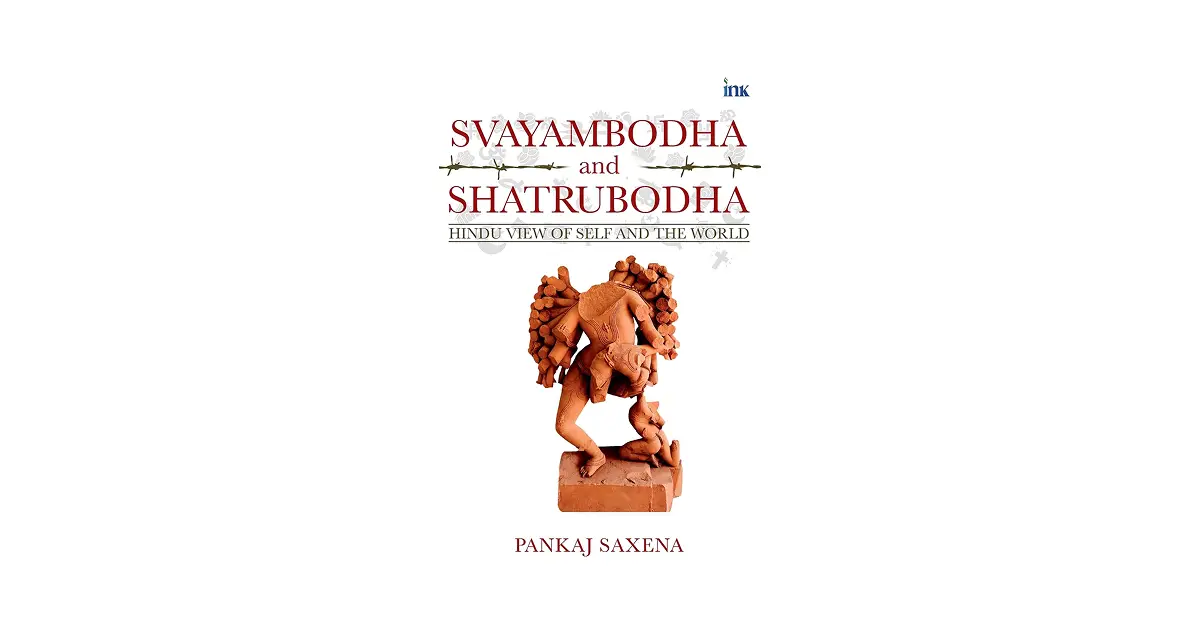
Book Review | Svayambodha and Shatrubodha
Svayambodha and Shatrubodha by Pankaj Saxena offers a vital framework for Hindus to understand their true identity and civilizational threats, a crucial guide in our current civilizational moment.
Dhīti is a blog for long form essays, expressions of civilizational voice, cinema and literature review, and more.

Svayambodha and Shatrubodha by Pankaj Saxena offers a vital framework for Hindus to understand their true identity and civilizational threats, a crucial guide in our current civilizational moment.
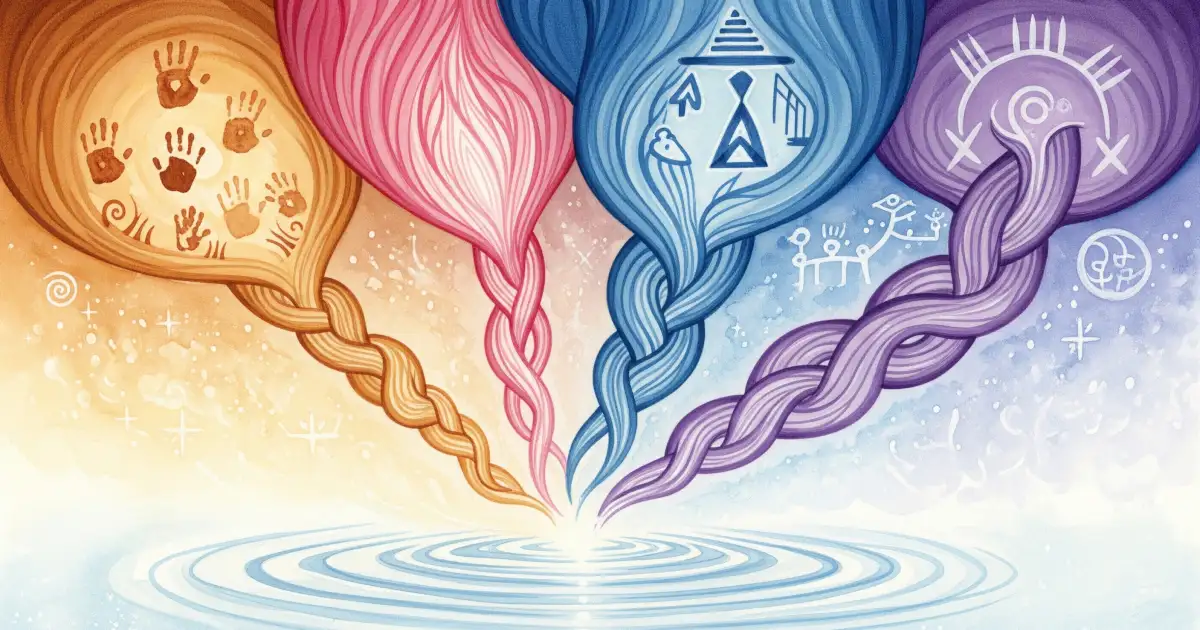
Civilizations are not just histories or structures, they're kārmika streams shaping the soul’s journey across lifetimes. Understanding this helps us navigate today’s chaos with deeper clarity and purpose.
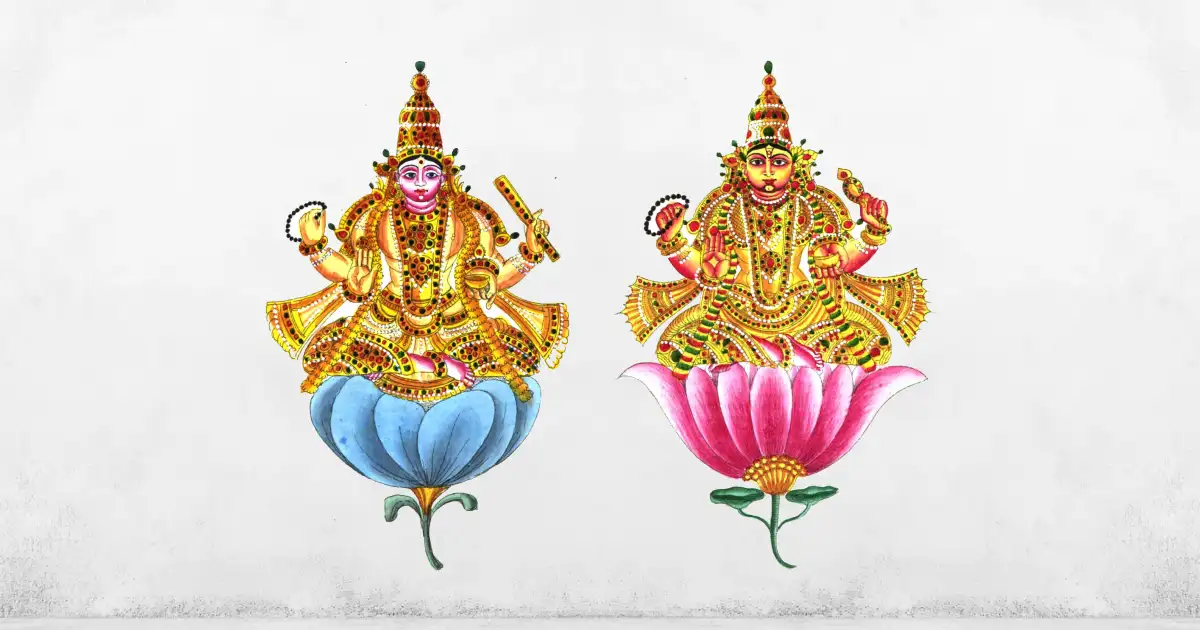
An essay elaborating how the Samudra Manthana story offers a profound allegory for sustainable and ethical technological innovation, emphasizing collaboration, ethical guidance, and harmony with natural laws.
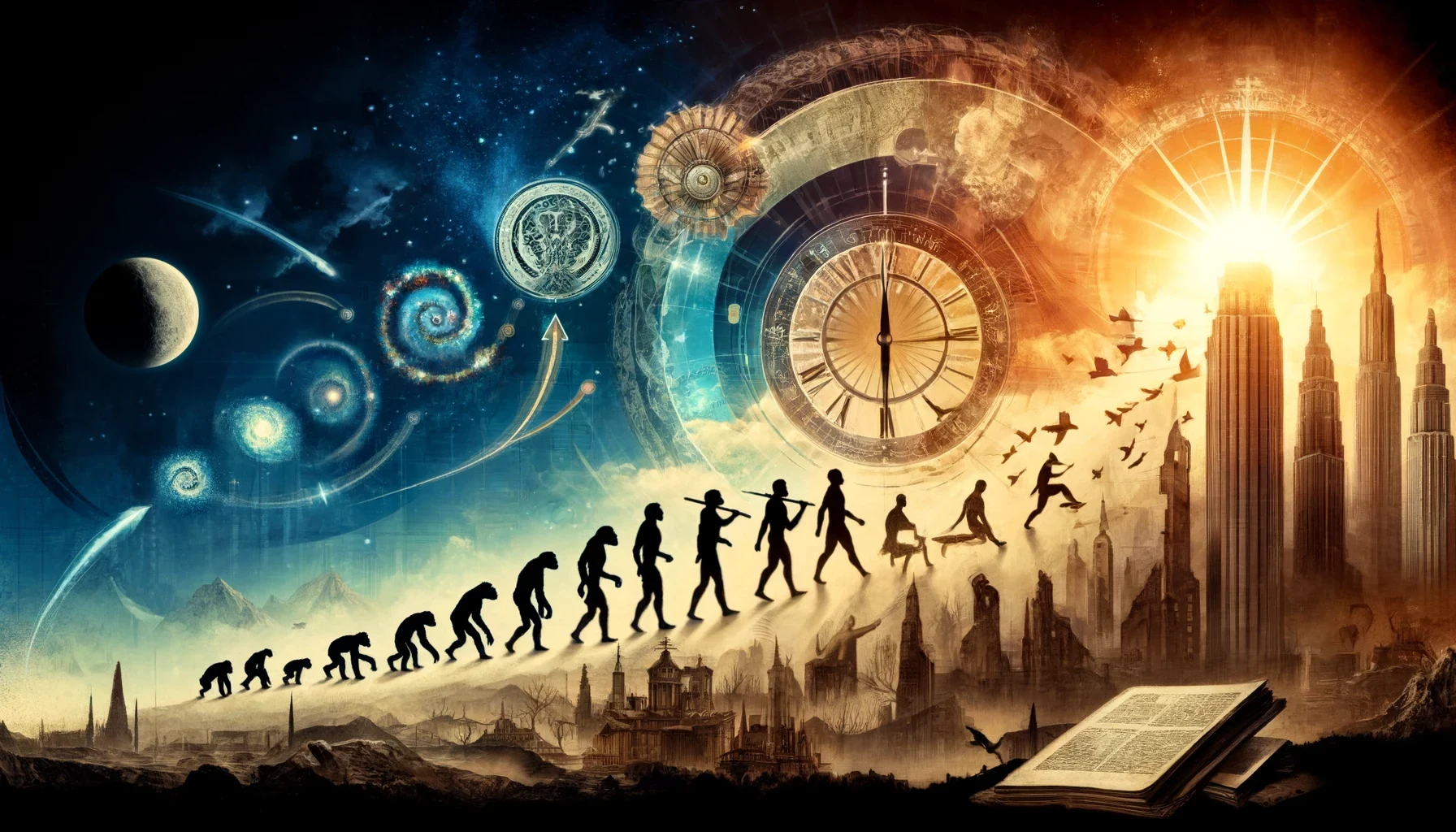
Exploring the depths of history and civilization, this article delves into the interplay of time, human knowledge, and the trajectories that shape our collective consciousness.
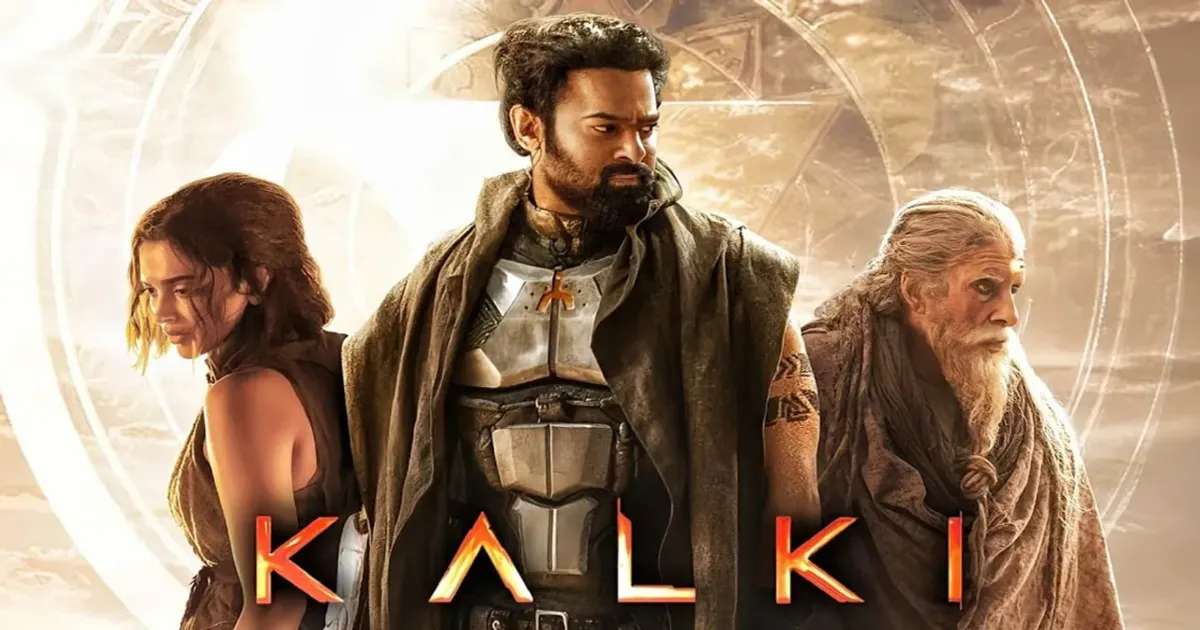
Where Kalki 2898AD elevates itself is where it pulls from the eternal lore. Where it tugs on archetypes and plot-lines seared deep in the Indian psyche. In its brief brush with itihāsa-purāṇa is where it briefly promises to ascend.
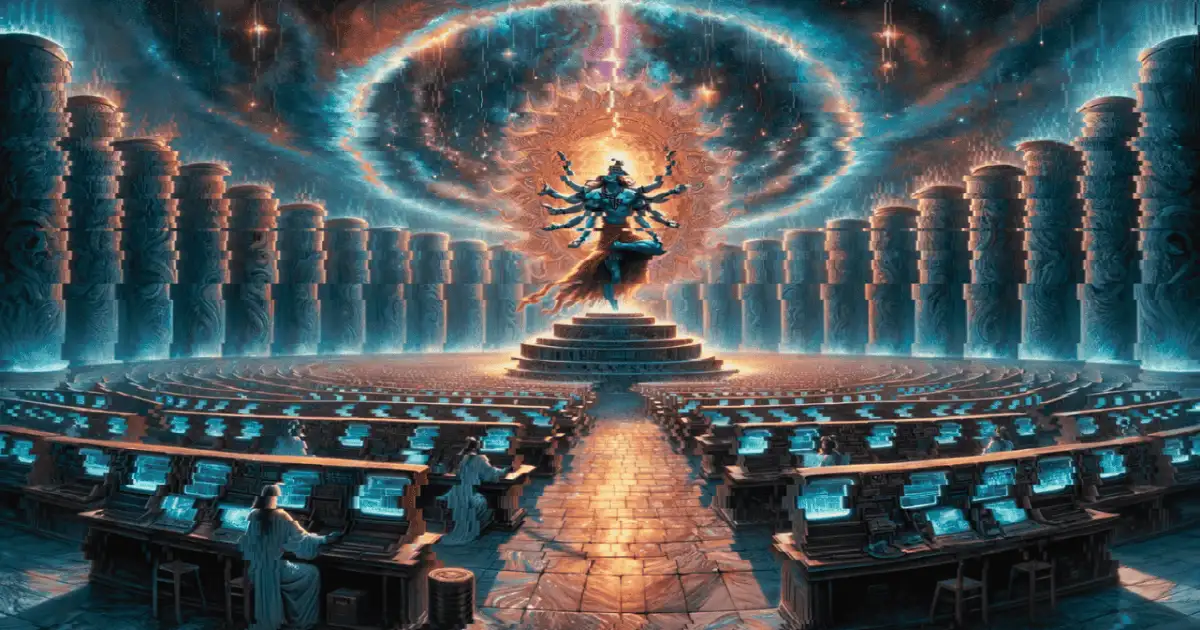
Part 2 of an essay exploring the curious absence of investigations into Hinduism and its ontology even among the free-thinking and open-minded segments of research and exploration.
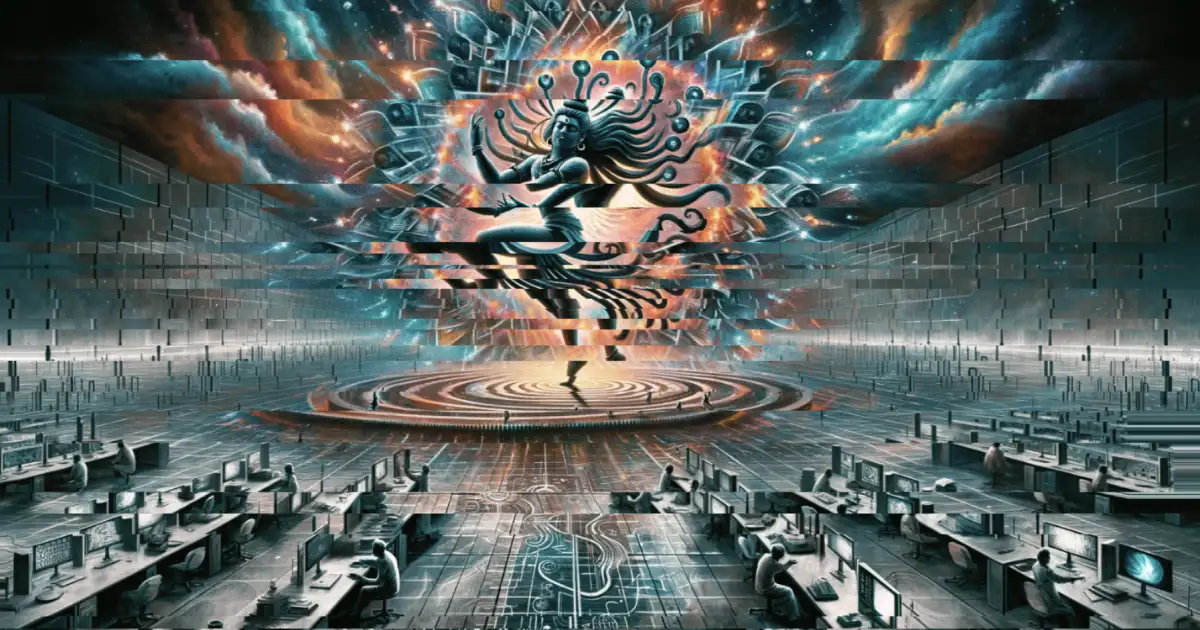
Part 1 of an essay exploring the curious absence of investigations into Hinduism and its ontology even among the free-thinking and open-minded segments of research and exploration.

Exploring the intersection of Orwell's totalitarian surveillance and Huxley's seductive consumerism, the article delves into modern challenges to freedom and individuality in a digital age.
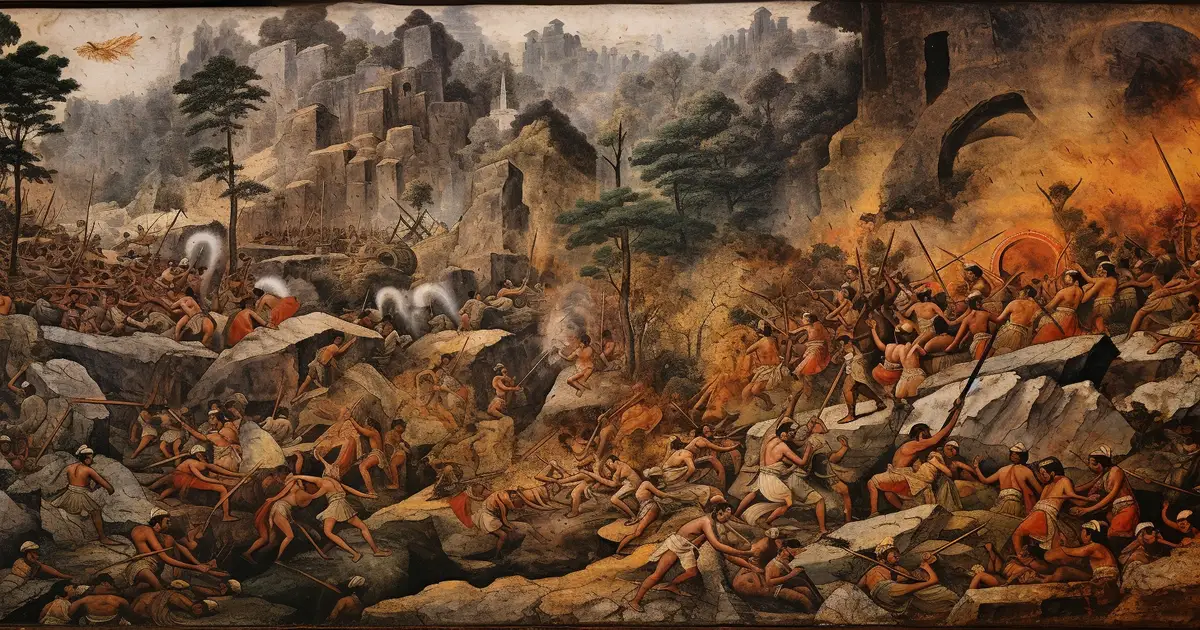
In this concluding part we bring home the narrative. Set within a specific historic context, and considering all the data available, what can we conclude about this famous Ṛgvedic event.